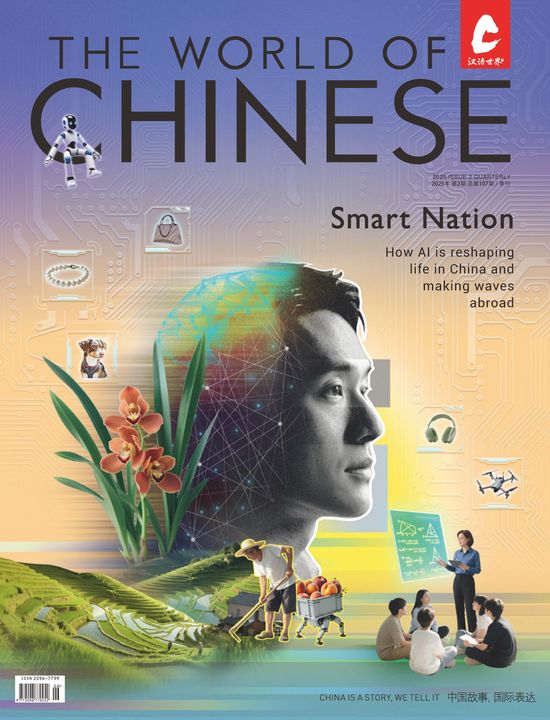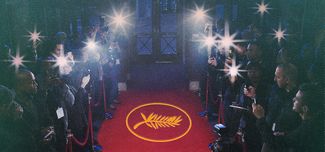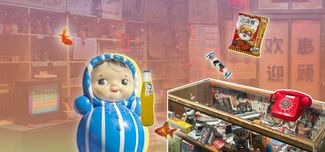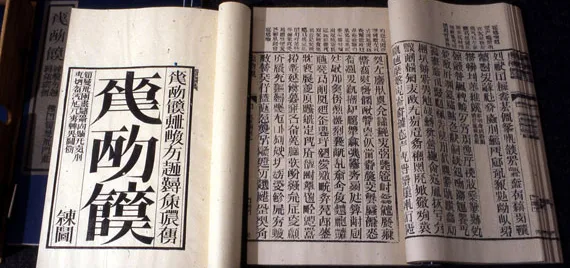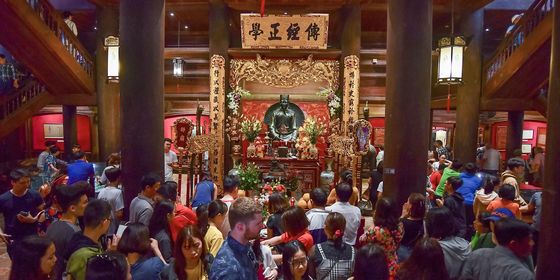A look at Chinese artist Xu Bing and his work
There is a legendary, though perhaps apocryphal, story regarding Xu Bing’s most famous and influential artwork “Book from the Sky” (天书 Tiānshū)—Xu’s bold creation of 4,000 “false” Chinese characters. A senior editor at a Chinese publishing house tried for days on end to find a single readable character, but at long last, the stress of the exercise made him sick. While the story may be exaggerated, it fundamentally displays the essence of the work: the created characters are without doubt beautiful but ultimately unreadable. This monumental and otherworldly artwork consists of an installation consisting of an arrangement of thread-bound Chinese books and large printed sheets of paper scrolls printed with thousands of pseudo-characters, each character originally hand-carved onto small wooden blocks by Xu himself. At the time, the work left the Chinese literary elite dumbfounded, as if Xu was toying with one of the very pillars of their culture.
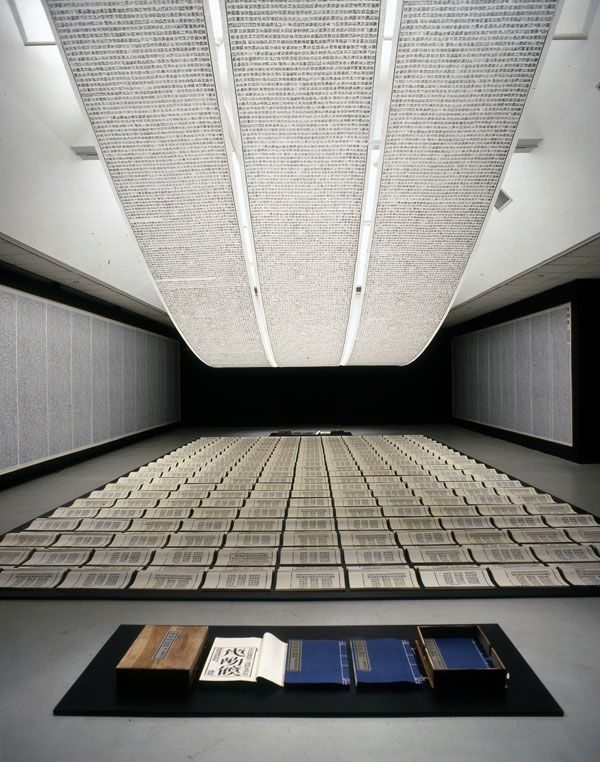
Book from the Sky, 1999
Produced with beautiful letterpress printing, hand-sewn binding, elegant layout, and detailed margin annotations, each character was created to correspond to each legitimate character; they had a formal appearance, but could not be read by anyone. With this work, Xu had reconstructed the written character while simultaneously constructing another world where the familiar was in invalidated.
If “Book from the Sky” couldn’t be read by anyone, his later artwork “Book from the Ground” (地书 Dì shū) could be read by everyone. The book was written as a series of signs and symbols that can be grasped by anyone regardless of their culture. He began organized and collected all kinds of signs, and made research into the symbols used in the fields of mathematics, chemistry, physics, graphics, music, dance notation, trademarks and so forth. He used the basis of these signs and symbols to create “Book from the Ground”. In a sense, the writing system in the book is transcends regional cultures.
Xu has long paid much attention to the written word and, similar to many linguists, believes they form an essential part in the basis for how humans think. On one level his two artworks seems totally different, however, as he says, “no matter which language you speak, whether you are educated or not, they treat you equally.”
Xu Bing (徐冰)
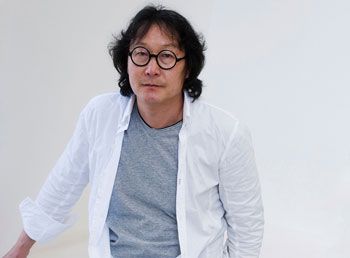 A giant among Chinese artists, Xu was born in Chongqing in 1955. His artworks have appeared in a succession of major exhibitions all over the world, and he was awarded a MacArthur Fellowship “Genius Grant” in 1999. In 2004, Xu won the inaugural Artes Mundi prize in Wales for his work, “Where Does the Dust Collect Itself ?” The artwork used dust that was collected in New York the day after 9/11. And in 2006, the Southern Graphics Council awarded Xu a lifetime achievement award for recognition of his “use of text, language and books [that have] impacted the dialogue of the print and art worlds in significant ways”. He currently serves as the Vice President of the Central Academy of Fine Arts, Beijing, and his next exhibition “Travelling in the Wonderland” (桃花源的理想一定要实现 Táohuāyuán de lǐxiǎng yīdìng yào shíxiàn) is on display from November 1, 2013 to March, 2014 in Victoria and Albert Museum in London.
A giant among Chinese artists, Xu was born in Chongqing in 1955. His artworks have appeared in a succession of major exhibitions all over the world, and he was awarded a MacArthur Fellowship “Genius Grant” in 1999. In 2004, Xu won the inaugural Artes Mundi prize in Wales for his work, “Where Does the Dust Collect Itself ?” The artwork used dust that was collected in New York the day after 9/11. And in 2006, the Southern Graphics Council awarded Xu a lifetime achievement award for recognition of his “use of text, language and books [that have] impacted the dialogue of the print and art worlds in significant ways”. He currently serves as the Vice President of the Central Academy of Fine Arts, Beijing, and his next exhibition “Travelling in the Wonderland” (桃花源的理想一定要实现 Táohuāyuán de lǐxiǎng yīdìng yào shíxiàn) is on display from November 1, 2013 to March, 2014 in Victoria and Albert Museum in London.
